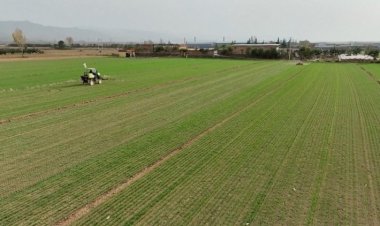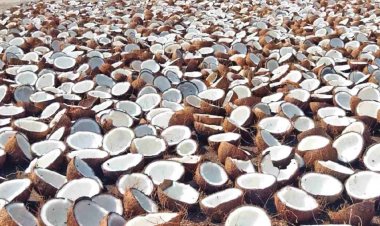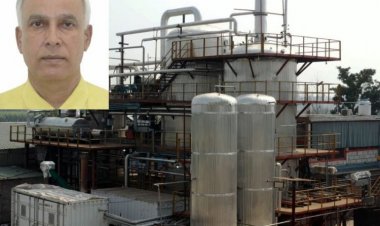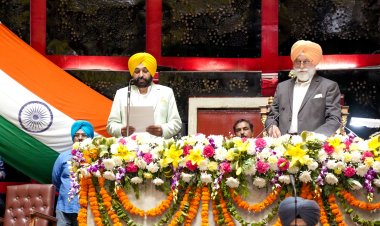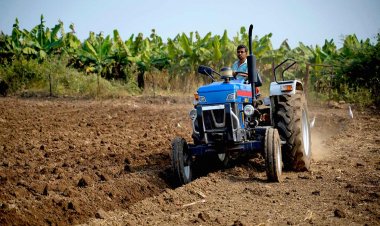The consumer affairs ministry has asked the agriculture ministry to give more incentive and impetus to kharif onion during the festival period in the winter season to avoid any spike in prices.
Consumer Affairs Secretary Rohit Kumar Singh said the kharif onion plays a critical role during the festival period in winter. "To ensure availability during that time, we have requested the agriculture ministry to give more incentive and impetus to kharif onions," he said.
Referring to skyrocketing tomato price, he said it's expected to cool down in the next 15 days with increase in supplies from producing centres in Solan and Sirmaur districts of Himachal Pradesh
and reach a normal level in a month. Retail prices of the kitchen staple shot up over Rs 100 per kg in major cities.
Singh said onion prices normally shoot up during the winter season, as stored rabi onion gets exhausted and fresh kharif onion cannot be stored. Currently, the sowing of kharif onion is underway.
The country's onion production is estimated at 319 lakh tonne in the ongoing 2023 calendar year, slightly lower than 324 lakh tonne in the previous year. Onion is produced in two seasons -- rabi and kharif/late kharif seasons. The rabi crop of 219 lakh tonne has already arrived, the remaining 100 lakh tonne will come in kharif and late kharif, which will meet the onion demand in the winter season.
"Out of 319 lakh tonne, a big supply of 219 lakh tonne from rabi season is already with us. From this, the government has procured 3 lakh tonne for buffer stock. The remaining 100 lakh tonne will arrive August-November," he said.
"The moment onion availability is ensured throughout the calendar year, prices will fall. These crops are seasonal and at some point, there will be a deficit. If you spread the production plus storage, the spike in prices can be avoided," he added.
Singh said the phenomena of price rise in tomato happens every year around this time. "Every agriculture commodity in every country goes through a seasonality in the price cycle. In June, prices reached a high level," he said.
Tomato is also a highly perishable commodity and weather vulnerability, which has become prevalent in the recent times due to climate change and other issues, has disturbed the supplies, he said.
"You cannot store tomato for a long time and transport it for a long distance. There is an inherent vulnerability in the commodity. Transportation is also a big issue," he said.
June-August and October-November are also lean production seasons and prices in this period normally see a sharp increase.
All India average retail price of tomato on June 29 was ruling at Rs 49 per kg as against Rs 51.50 per kg in the year-ago same day, he said, and added, "I am not justifying the rate. This also proves seasonality."
Stating that it's a complex problem, the secretary said the government is handling it and finding a solution to streamline the supplies throughout the year. For this, a Grand Tomato Challenge was launched on Friday. It is like a hackathon where ideas are being invited from students to industry stakeholders on primary processing, storage and valorisation of tomato, he said.
According to the data maintained by Department of Consumer Affairs, the average retail price of tomato on an all-India basis is Rs 56.58 per kg on June 30. The modal price is Rs 100 per kg while the maximum price is Rs 123 per kg. The retail price of tomato in Delhi is Rs 80 per kg, Mumbai (Rs 48 per kg), Kolkata (Rs 105 per kg) and Chennai (Rs 88 per kg).
Among other major cities, the prices stood at Rs 54 per kg in Bengaluru, Rs 100 per kg in Bhopal and Lucknow each, Rs 80 per kg in Shimla, Rs 98 per kg in Bhubaneshwar and Rs 99 per kg in Raipur.
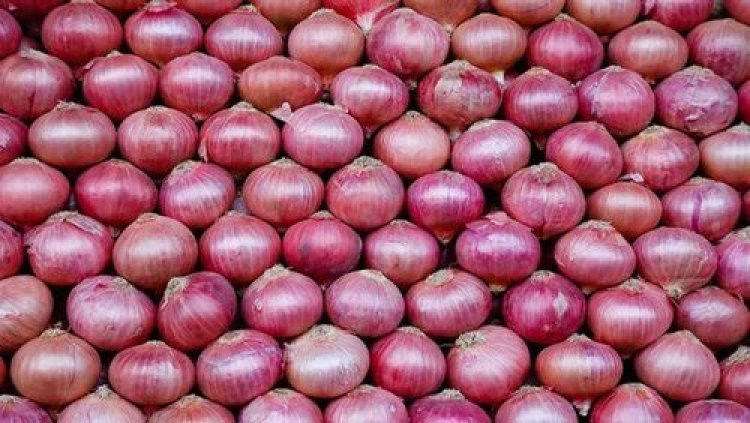



 Join the RuralVoice whatsapp group
Join the RuralVoice whatsapp group

















